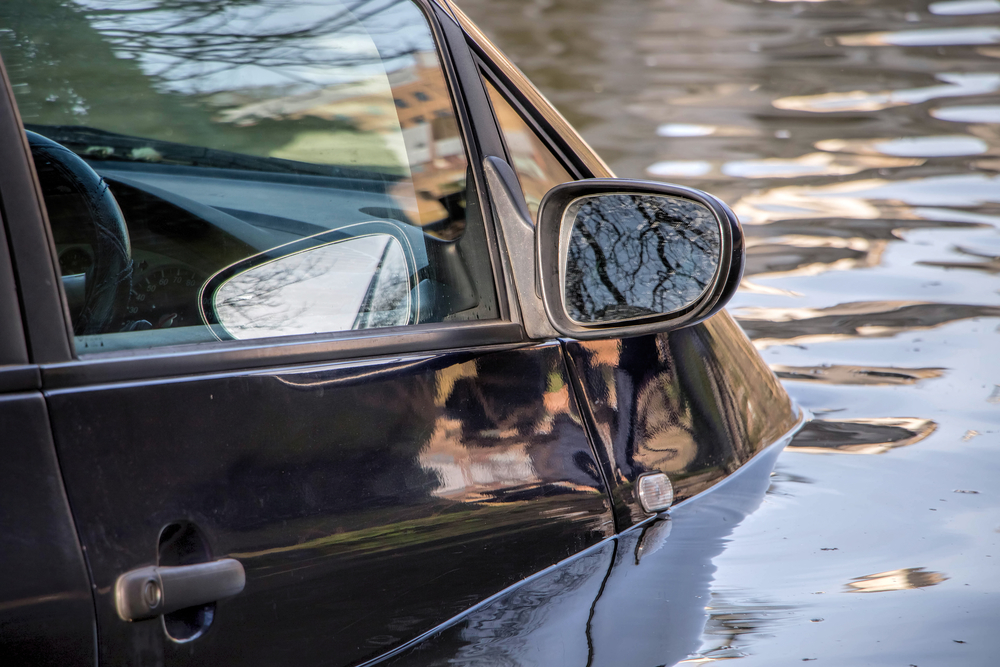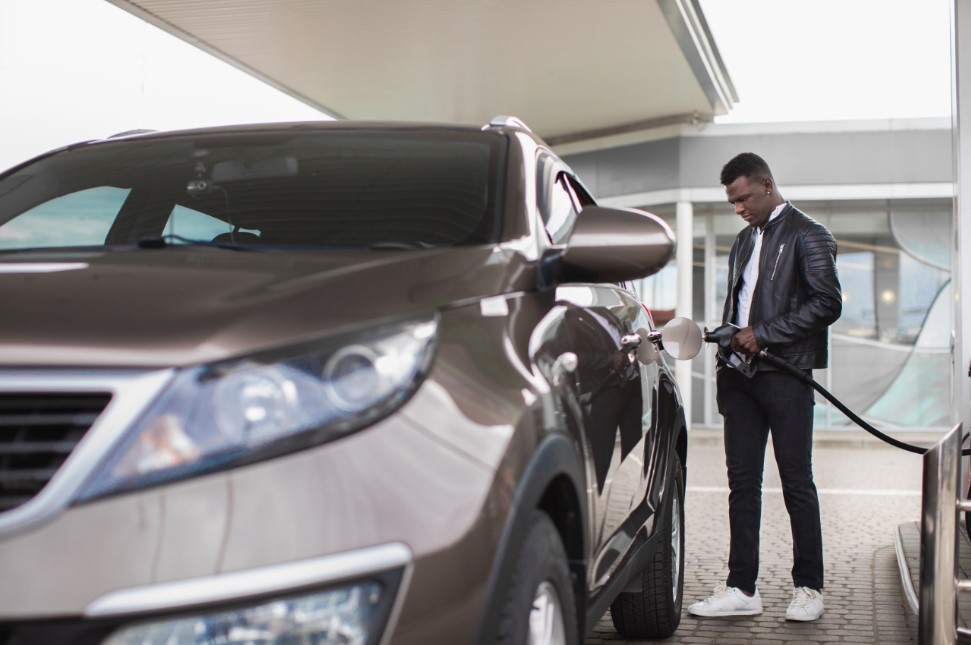Tips to Identify a Flood Damaged Vehicle

Flood damage can be downright devastating to a vehicle. While it’s possible to replace carpet and upholstery, and replace damaged electronic components so that outward signs of a flood are no longer present, the truth is it’s nearly impossible to truly remove all possible critical effects that flooding can have on a vehicle. What makes matters worse, not all cars that have sustained flood damage have actually been reported as so – meaning it can be hidden from vehicle history reports.
To help remedy this unimaginable situation, our auto repair experts explain important tips to help you identify a flood damaged vehicle, so that you can make the most impactful purchase decision when choosing to buy a used car or not.
A Musty or Mildew Odor
If you smell must and mildew in a car, it’s probably because there’s a good chance some is present. Musty smells usually come from mold and mildew growth, which is a frequent consequence of flood damage. Mold spores are floating in the air around us, and they simply need a place where they can take root, have a source of moisture, and have a source of food. These conditions are often found in the carpet in your vehicle, and that’s where many people often find mold after flood damage.
If there’s a musty or mildew smell in your car, check the carpets to see if there are signs of mold growth. If there are, you might want to seriously consider not purchasing that vehicle.
Rust in Abnormal Places
If you live an area with particularly cold or icy winters, rust may be a fairly normal part of car ownership. However, if you notice an excessive amount of rust for your car’s age, or rust in areas where it’s not normally found, then that car may have experienced flood damage. If you see rust on the pedals, on the inside of the hood, in trunk latches, in hardware beneath the dashboard, or on other untreated metal components in your car, there’s a good chance they’ve been exposed to an abundance of water, and that’s usually caused by major flooding.
Brittle Wires
The wires beneath your dashboard should be positioned in such a way that you won’t accidentally kick them. However, they should also move freely, bend, and twist without problem when pressure is applied to them. If the wires beneath your dash are becoming brittle, and the plastic or silicone shielding around them is starting to decay and crack, then the vehicle has probably seen its fair share of water. Water can also cause electrical connections to corrode and become unstable, which means features may stop working, important systems could give out, or your entire vehicle could simply break down because of a faulty connection.
Water Condensation in Headlights or Taillights
Is there a collection of water on the inside of your headlights or tail lights? Normally these units are supposed to be completely sealed to protect them from rain and other possible moisture exposure. However, even the finest of seals likely won’t be able to keep flood waters out for long. If there’s a thick layer of water that’s condensed on the inside of your headlights, or if there’s actually standing water in them, then your vehicle may have suffered headlight damage, and you should get it fixed as soon as possible.
Features Not Working Properly
Do you have power door locks, a power lift gate, or other electronic features that don’t seem to work properly? These may be a sign of wearing out parts, but could also indicate flood damage. As stated previously, flood damage can cause electrical components to wear out, and a faulty electrical connection can cause these important features to stop working, or work intermittently. If you have a faulty feature, check the wiring that leads to it for signs of corrosion or rotting, as this will usually confirm whether you’re dealing with a broken part or flooding damage.
About Christian Brothers Automotive
At Christian Brothers Automotive, we are dedicated to bringing each and every one of our customers honest and transparent auto repair service. We want our customers to understand what is wrong with their vehicles and what their options are, and to feel confident about the service they receive.
If you are shopping for a used car, be sure to visit your local shop for a pre-purchase vehicle inspection. Search our interactive map here to find a location nearest you.


[1].jpg)
sunwash-tech-with-customer.png)

